Sharks are part of an ancient lineage, in existence for over 400 million years. A fundamental reason for this continued perseverance is the fact that sharks are the ultimate predator, powerful swimmers with strong sensory perception, and of course incredible jaws.
Read moreExplore the Collection
-
Shark jaws
01 Jan 2022
-
Grey seal
01 Jan 2022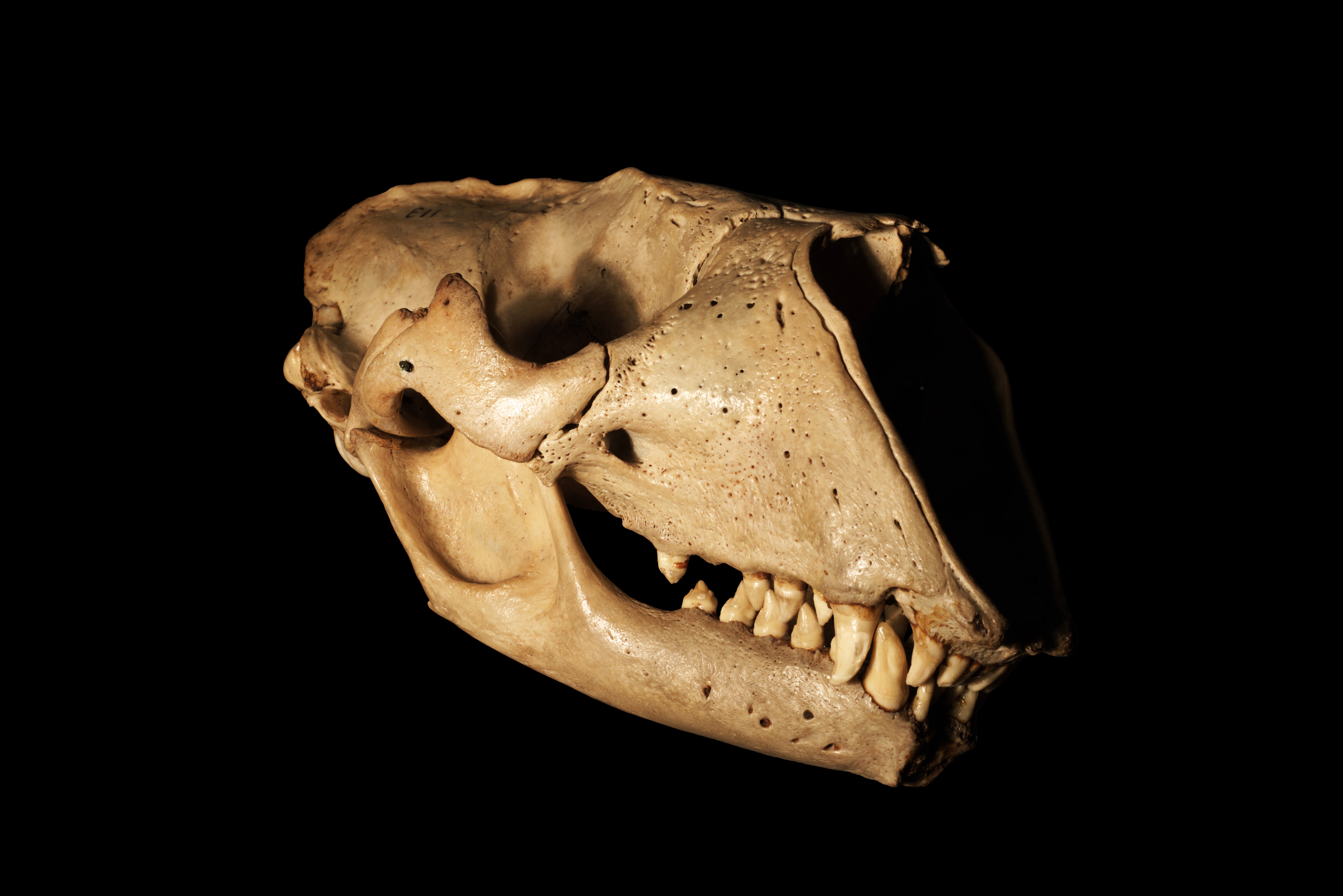
Grey seals Halichoerus grypus are fish-eating mammals that breed in remote offshore areas. In Ireland there are both grey and harbour (common) seals, each protected under EU and Irish law.
Read more -
Pink abalone
01 Jan 2022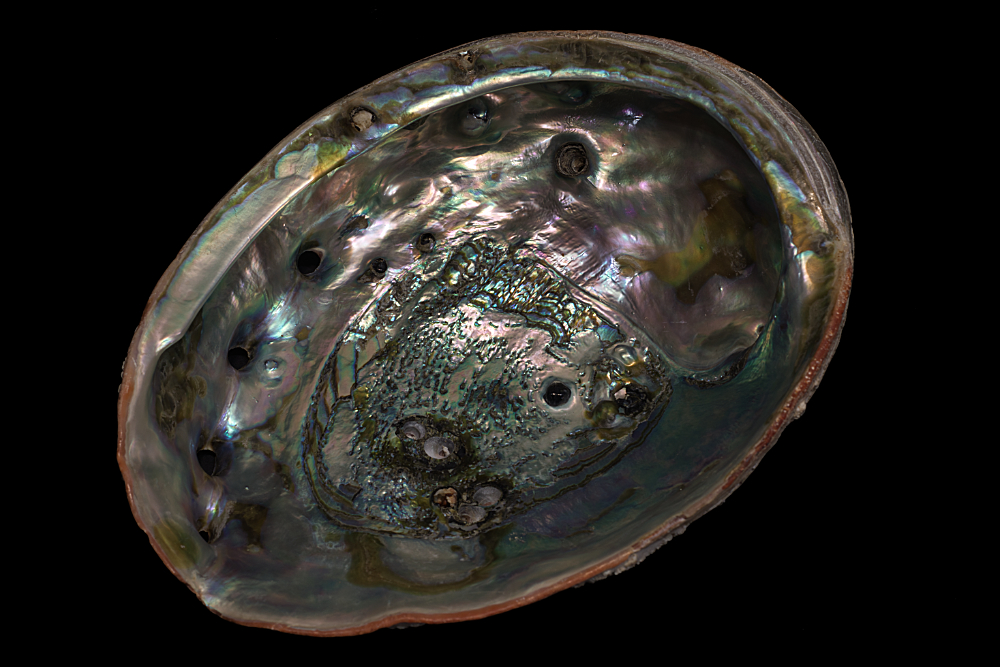
Abalone are marine molluscs with a worldwide distribution. They graze on seaweed and are commercially important, being both farmed and harvested from the wild. However, by far the most striking thing about these creatures is the stunning interior of the shell.
Read more -
Ostrich egg
01 Jan 2022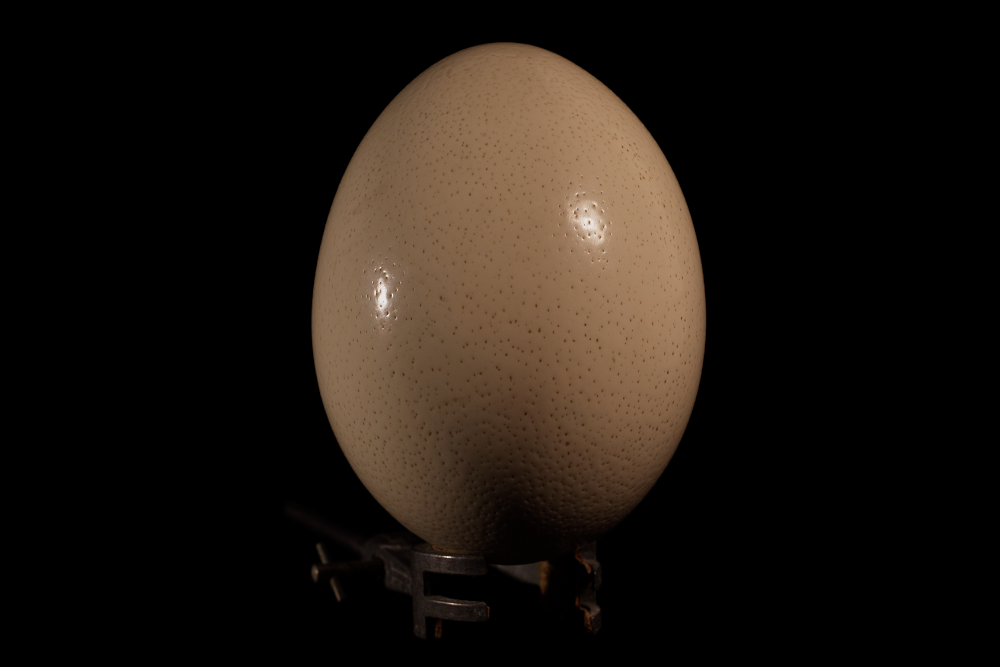
This impressive egg belongs to the largest bird in the world; the ostrich. There are two extant species of ostrich, common and Somali, both of whom occur in semi-arid habitats throughout Africa.
Read more -
Malachite
01 Jan 2022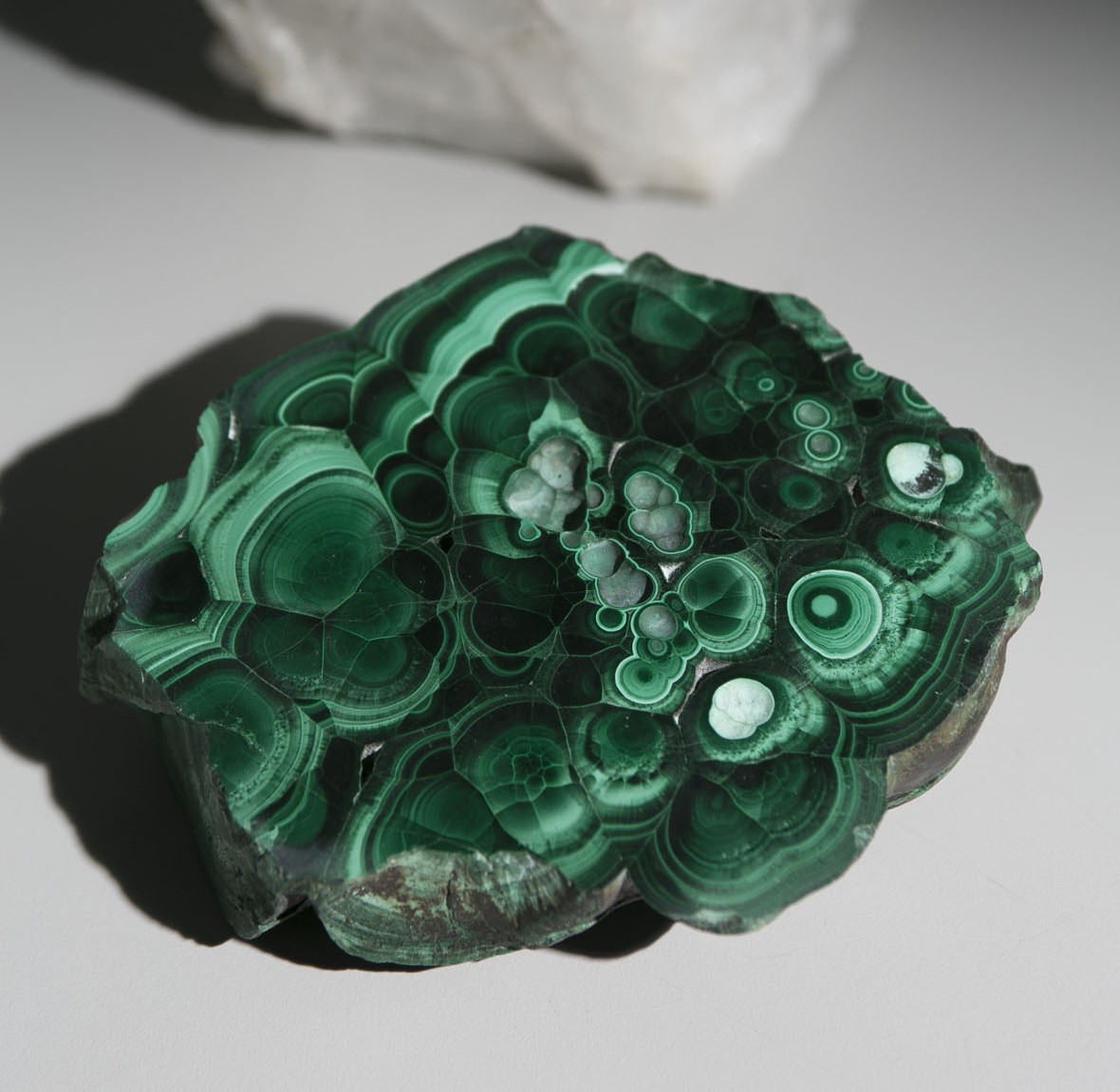
This mesmerising green mineral is malachite, formed by the surface weathering process of copper ore. While definitive origins are uncertain, it is likely this specimen comes from the Central African Copperbelt, home to the world’s largest copper and cobalt reserves.
Read more -
Albatross
01 Jan 2022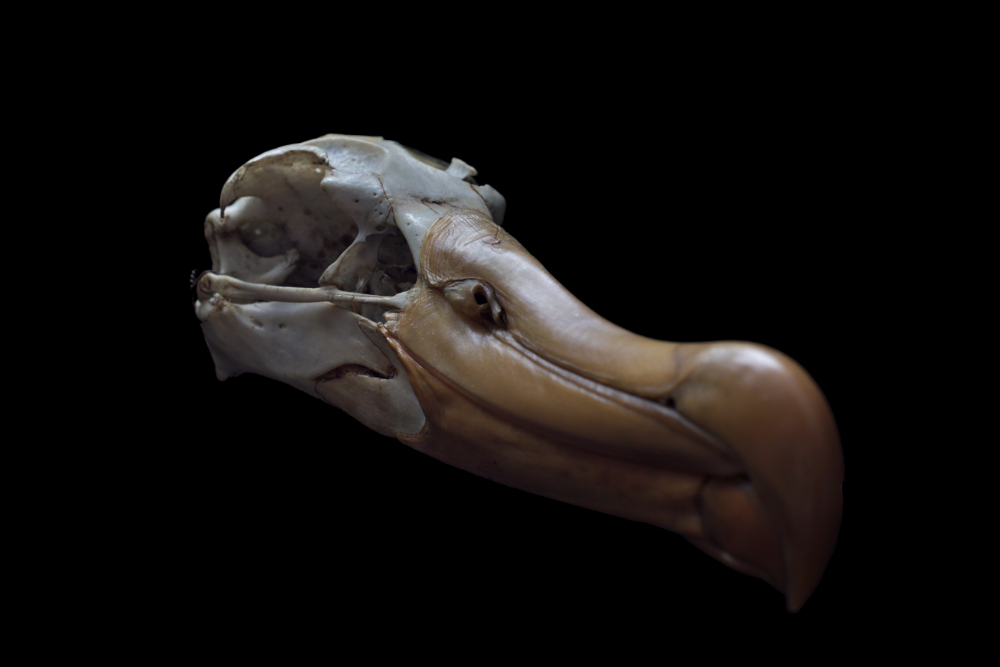
Albatrosses are extraordinary seabirds, capable of traveling over 1,000 km a day as they soar across the Southern Ocean on the largest wingspan of any living bird.
Read more -
Nautilus
01 Jan 2022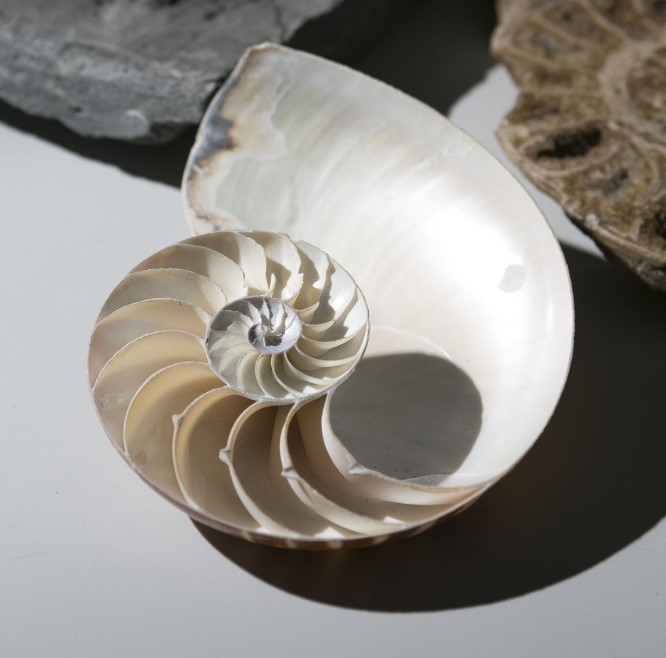
The nautilus is known as a living fossil, an ancient lineage stemming back over 500 million years, long before dinosaurs walked the earth.
Read more -
Cock of the Rock
01 Jan 2022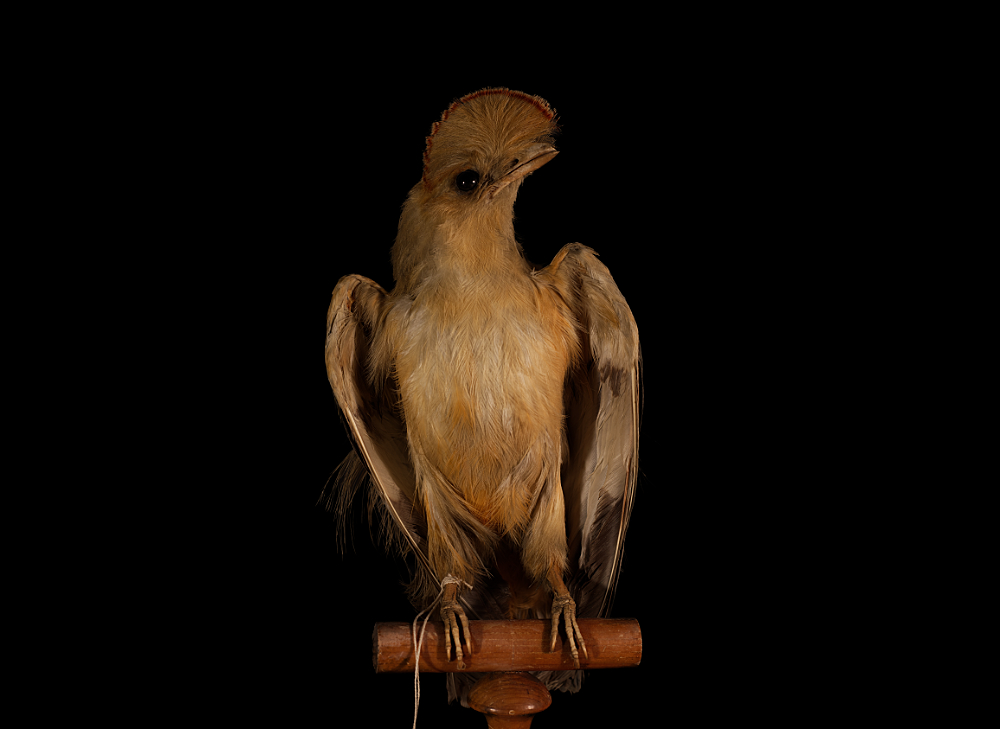
The Guianan Cock-of-the-Rock Rupicola rupicola is a striking passerine, most noticeable for its prominent half-moon crest. This species demonstrates extreme sexual dimorphism; females are a dull brown in colour but males are vivid orange.
Read more -
Insect colour and migration
01 Jan 2022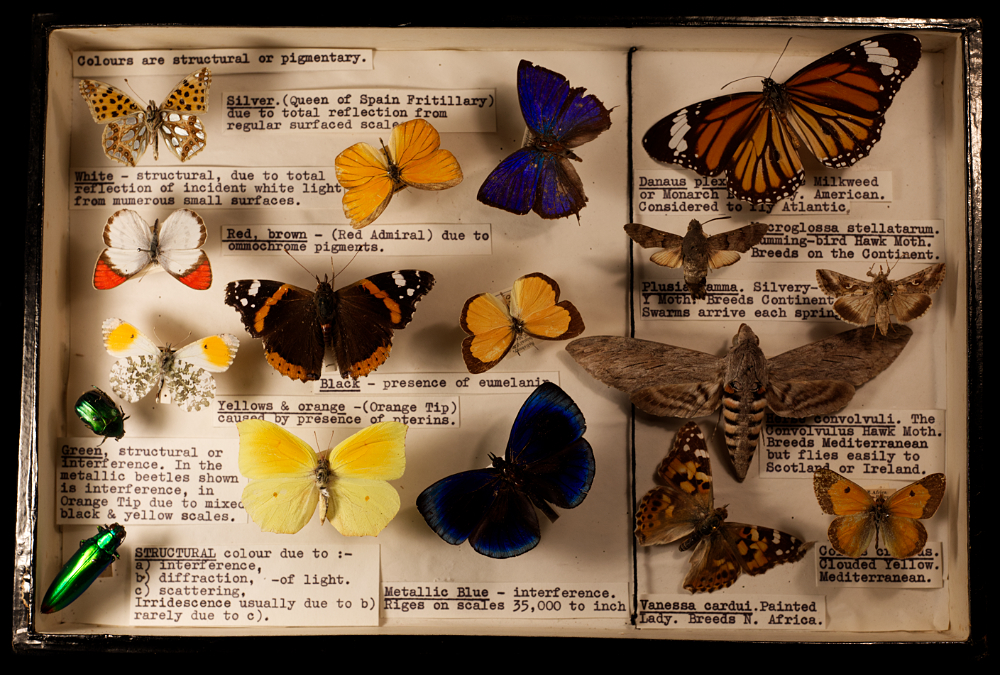
These educational panels highlight some of the extraordinary features of insect life. One such feature is the array of colour seen across taxa, arising from both structural and pigmented colours.
Read more -
Beetle diversity
01 Jan 2022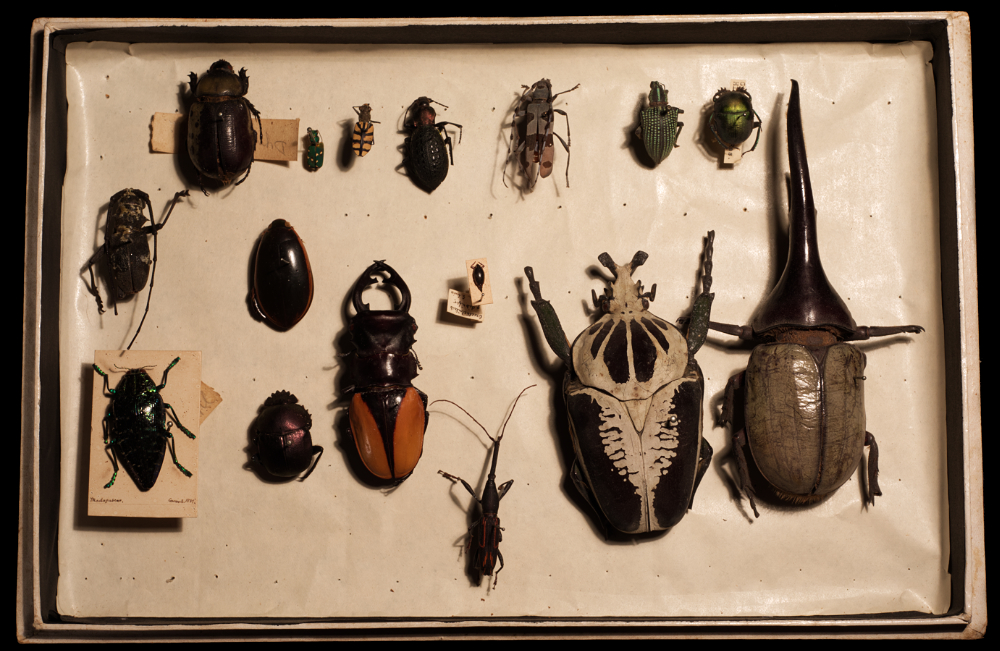
Insects are among the most abundant and diverse organisms on the planet, with the one million species described representing just one-fifth of the approximated species in existence.
Read more -
Hornbill
01 Jan 2022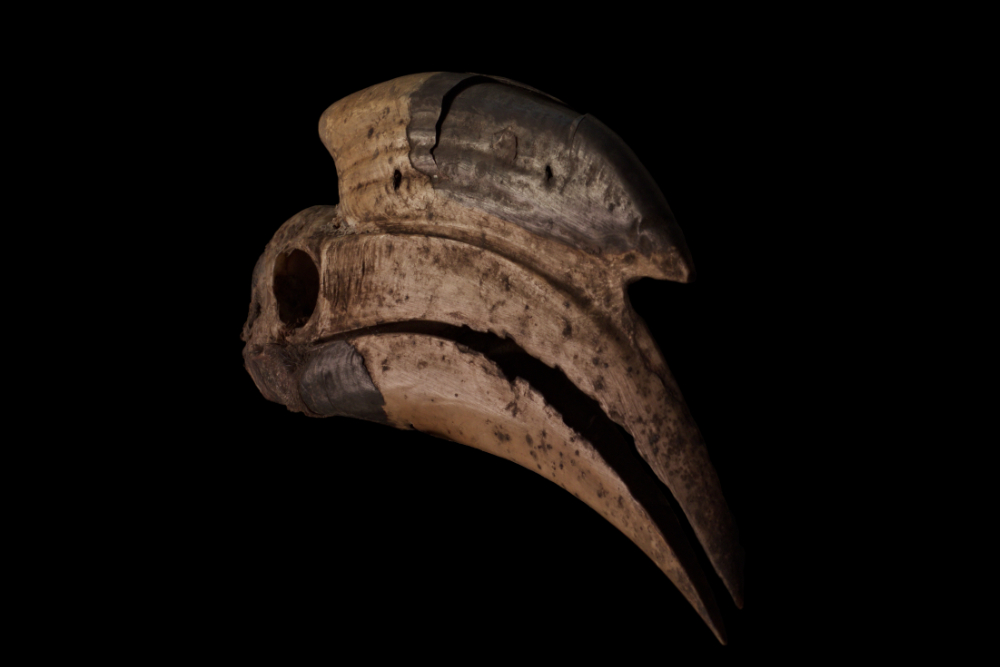
Here is one of the most recognisable creatures in the avian world: the hornbill, so named for the distinctive horns or ‘casques’ on top of the bill. The casque signifies sexual maturity, provides support to the bill and acts to amplify sound by allowing their calls to resonate.
Read more -
Radiated tortoise
01 Jan 2022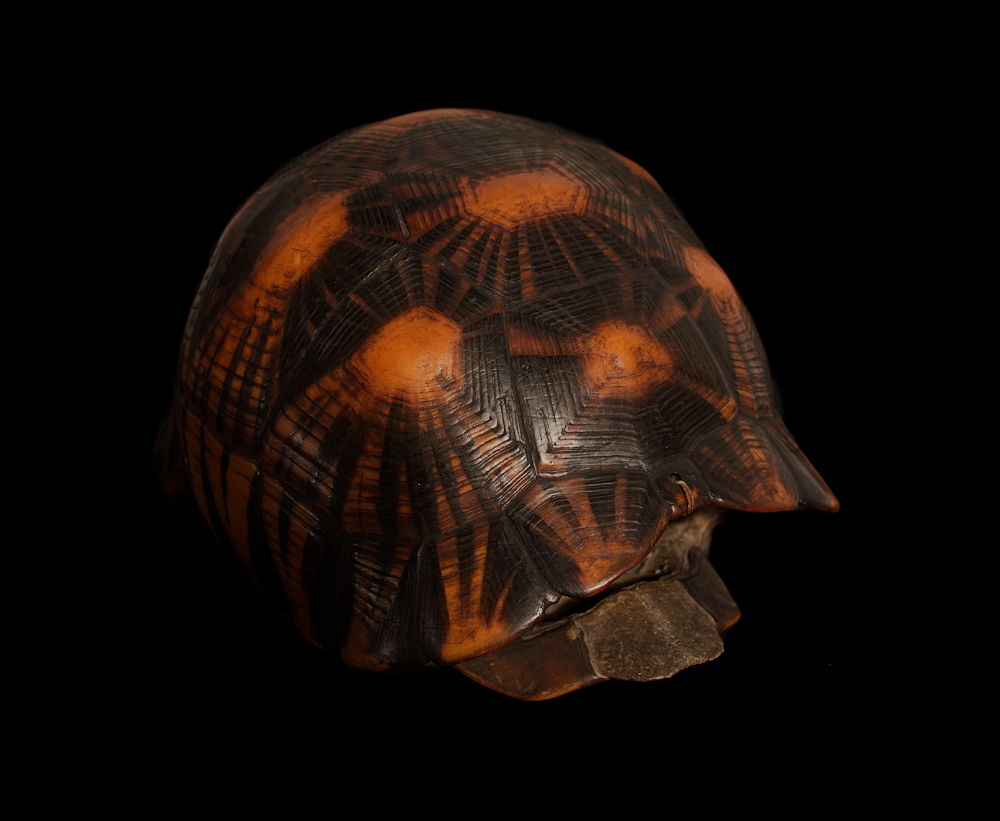
This stunning specimen is the radiated tortoise Astrochelys radiata, so named for the lines emanating from the star-patterned shell. This tortoise is found in the spiny forests of southern Madagascar, where it is known as ‘Sokatra’.
Read more -
Otter
01 Jan 2022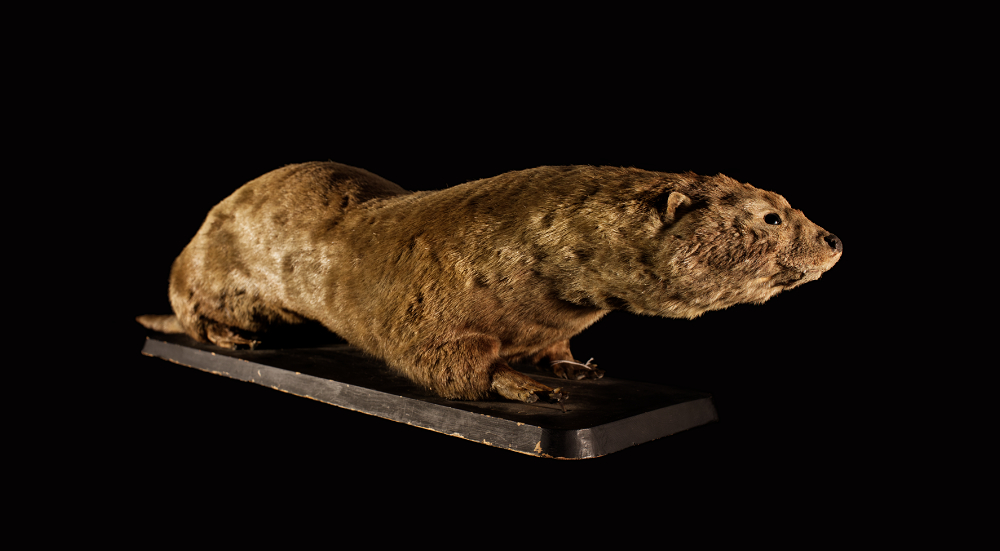
The European otter Lutra lutra holds a special place in the UCC museum, as these engaging creatures may often be seen from the banks of the River Lee along the Cork otter trail.
Read more -
King crab
01 Jan 2022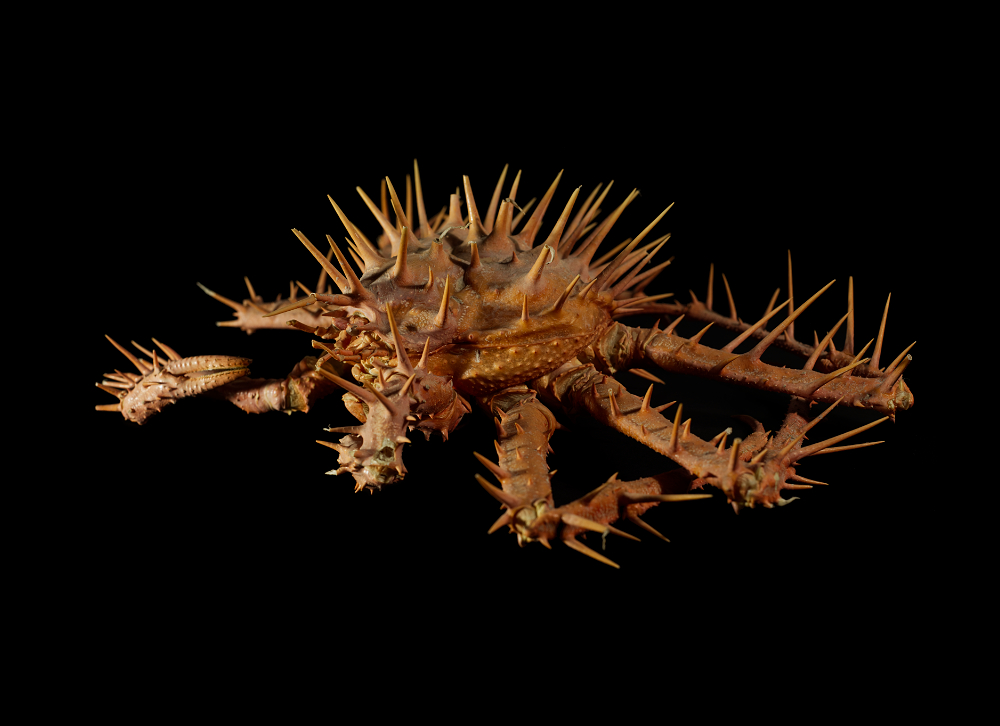
This striking crab is a member of the deep-sea dwelling king crabs. The species is a porcupine crab Neolithodes grimaldii, found throughout the North Atlantic including the Rockall Trough and Porcupine Seabight off Ireland.
Read more -
Cod
01 Jan 2022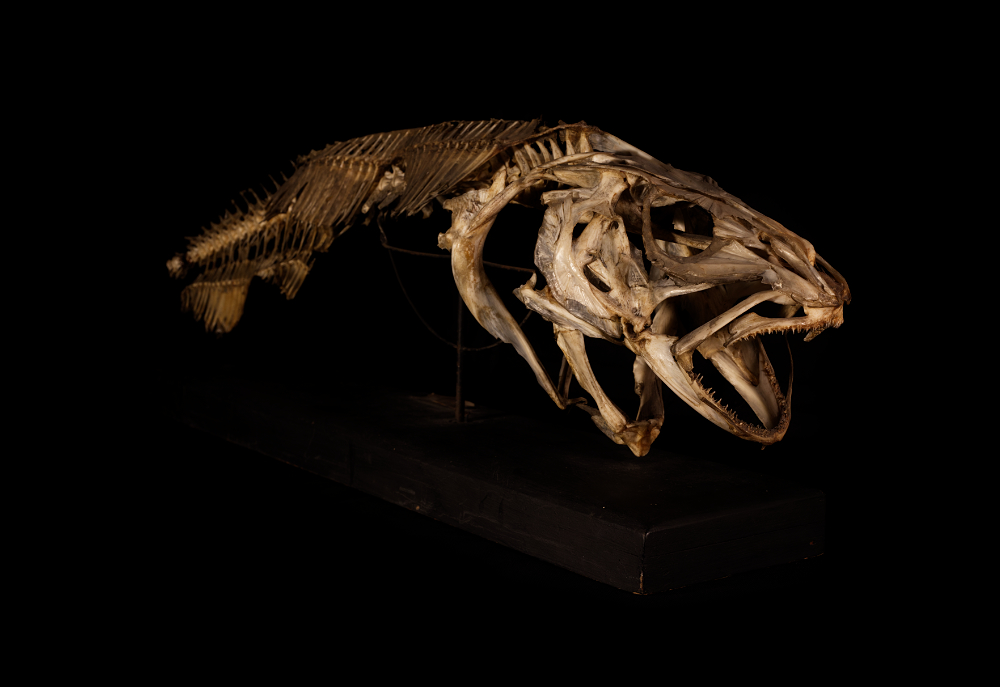
Fish may be broadly divided into those with cartilaginous skeletons and those with bony skeletons, and this imposing skeleton is a fine example of the latter. This species is the Atlantic cod Gadus morhua, historically so abundant that it was immortalised in place names such as Cape Cod, Massachusetts.
Read more -
Harbour porpoise
01 Jan 2022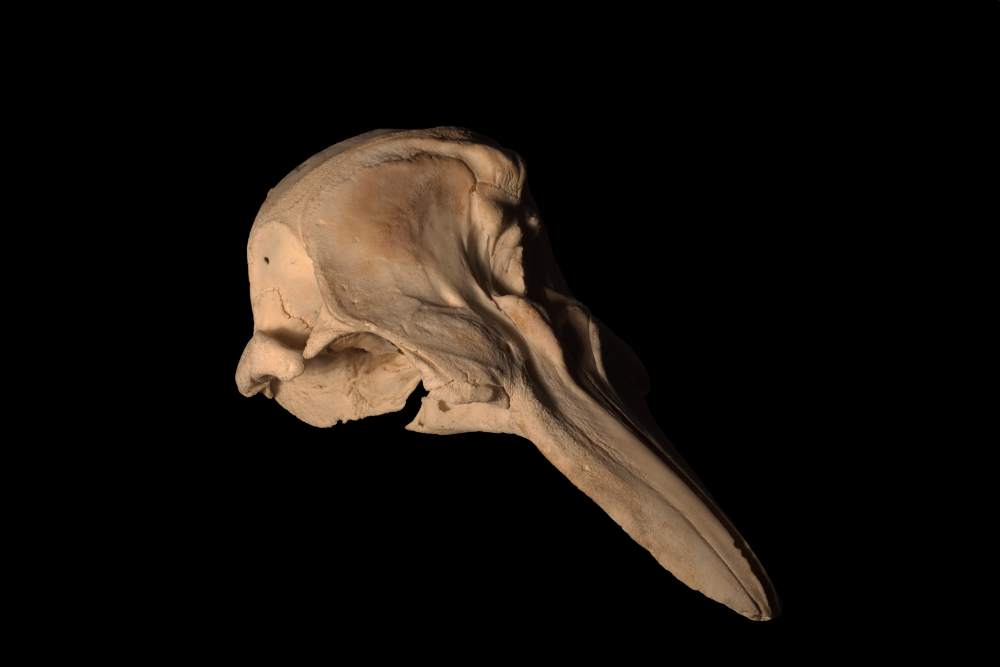
At first glance this pointed skull is reminiscent of a bird beak but it is in fact the elongated rostrum of a porpoise Phocoena phocoena, evolved from the jawbone.
Read more -
Razorbill eggs
01 Jan 2022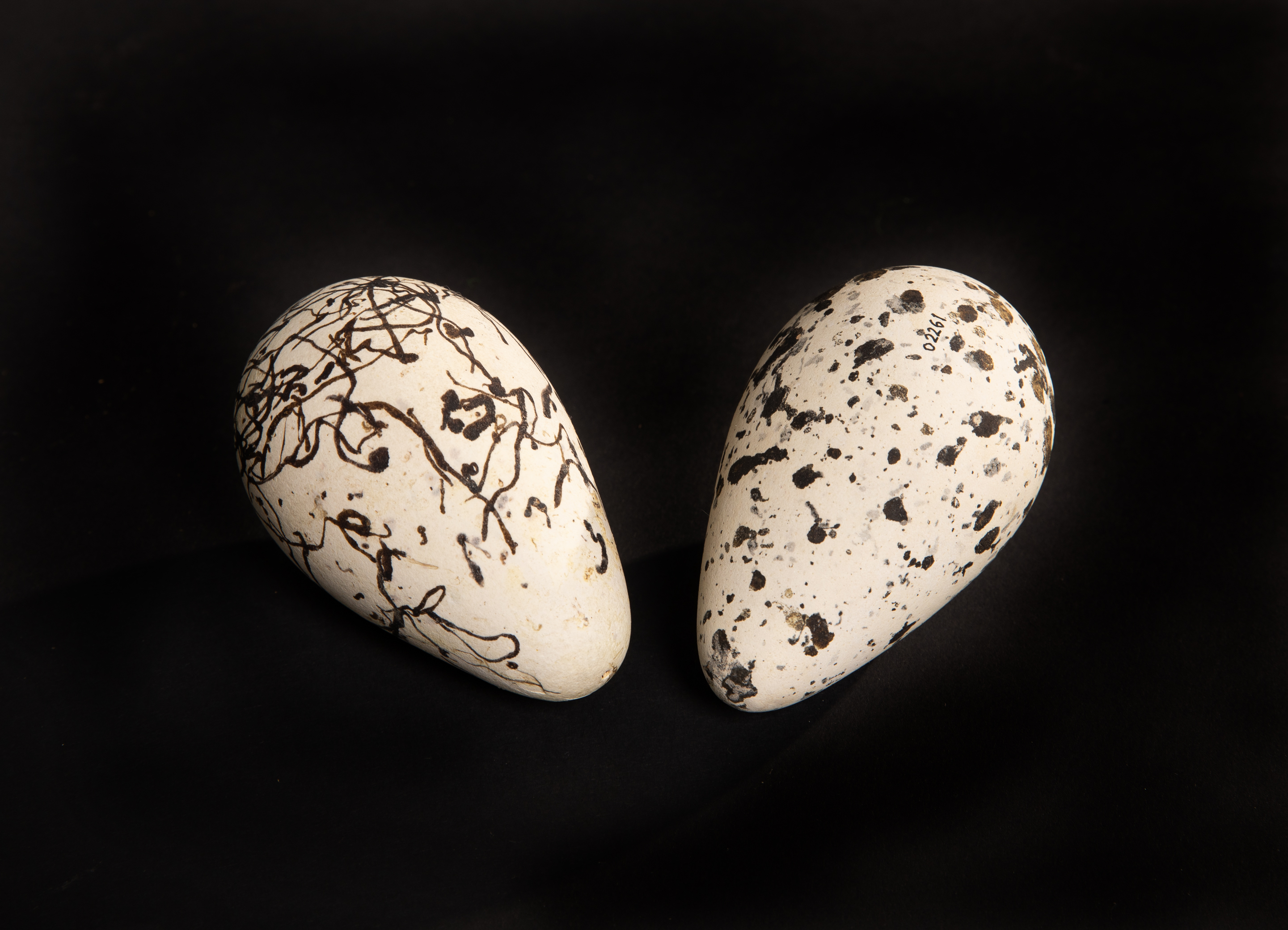
These are the eggs of the razorbill Alca torda, members of the Auk family and closely related to the puffin.
Read more -
Nine-banded armadillo
01 Jan 2022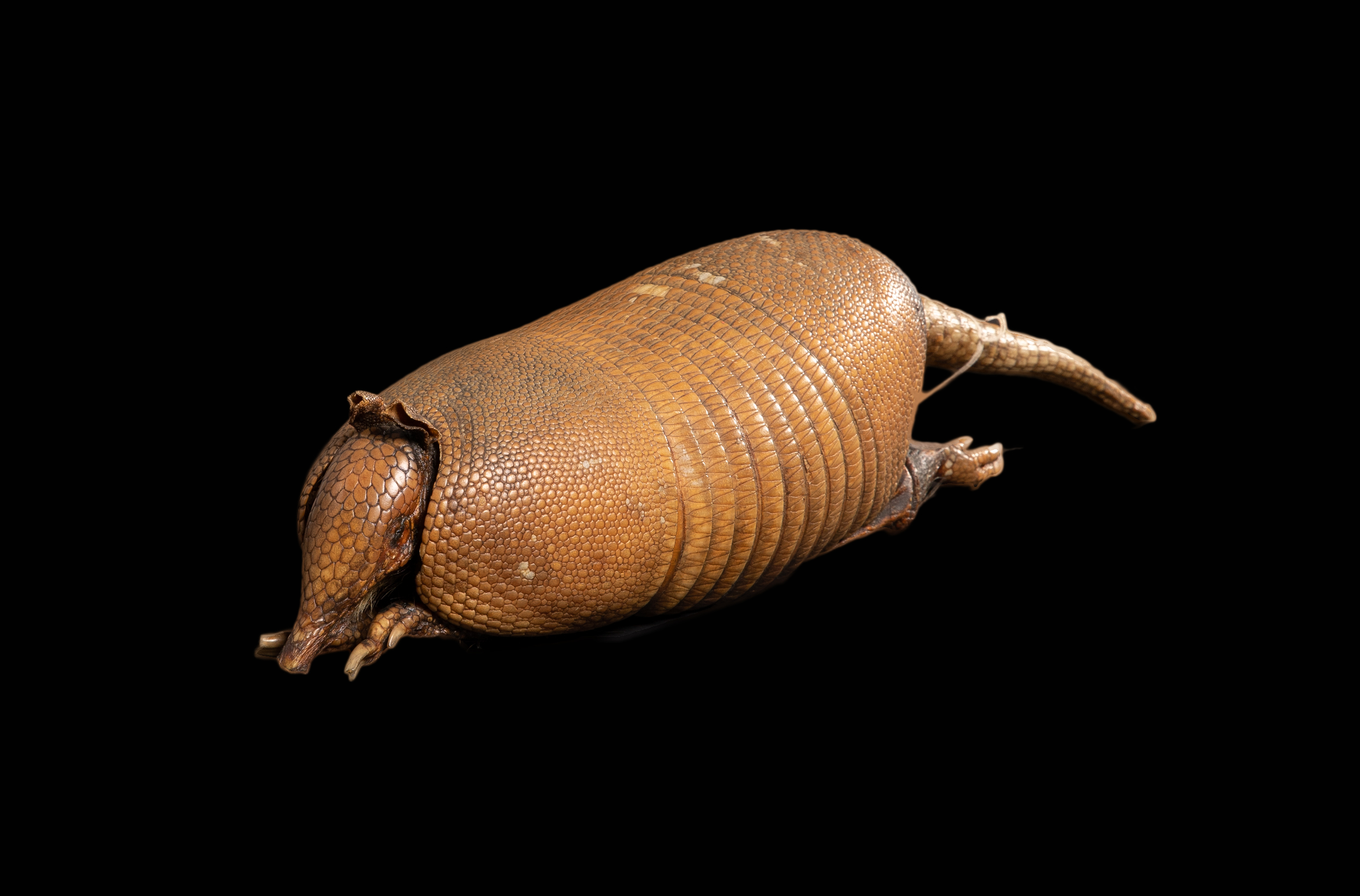
This weird and wonderful creature is the nine-banded armadillo Dasypus novemcinctus, an armoured mammal native to the Americas. The name is somewhat of a misnomer, as this armadillo can in fact have seven to eleven bands.
Read more -
Toucan
01 Jan 2022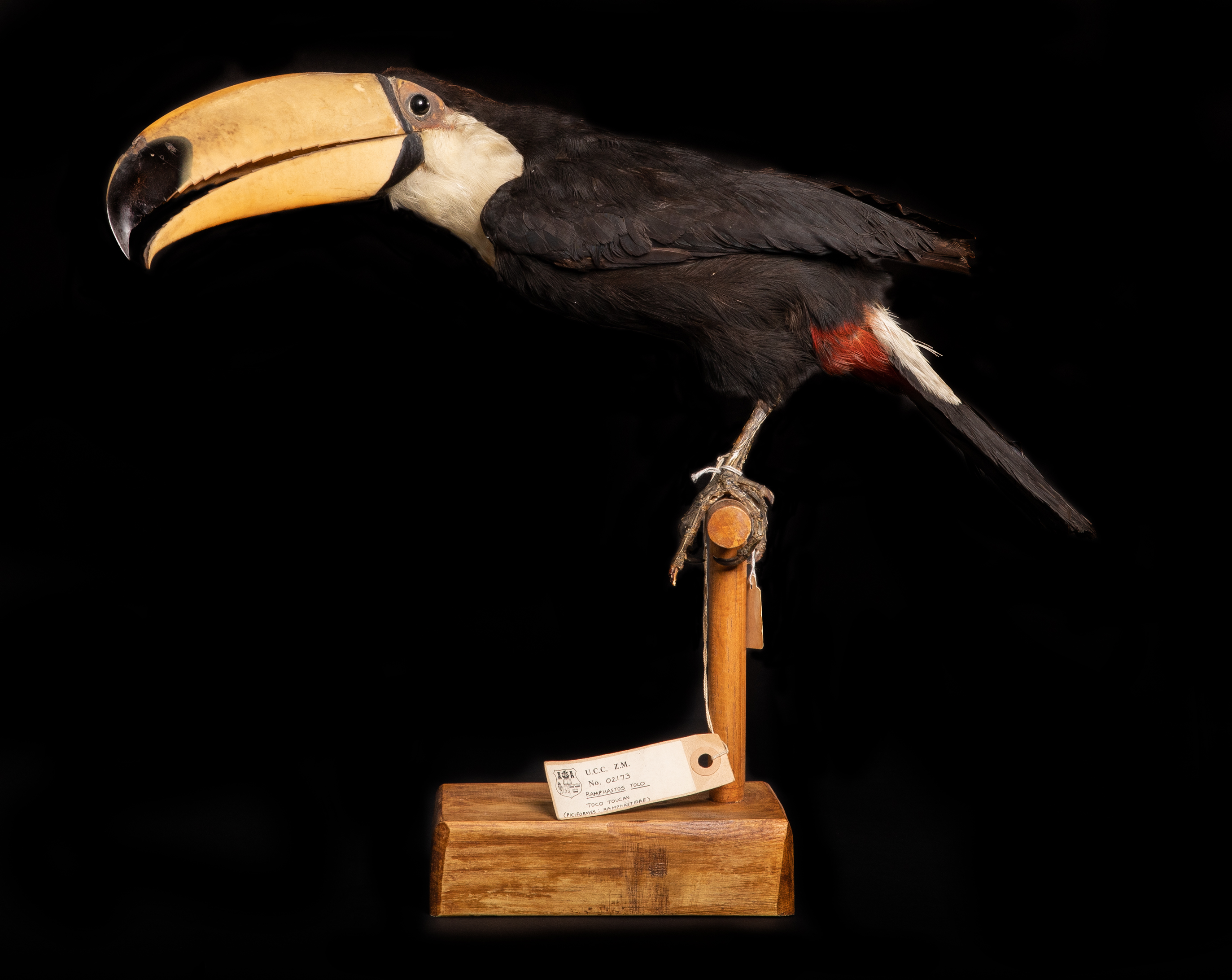
This is the Toco toucan Ramphastos toco, largest of all the toucans and native to South America where it is found in semi-open habitats. Like the hornbill, the most striking feature of this colourful bird is the bill, accounting for one-third of the toucan’s length.
Read more -
Fluorite
01 Jan 2022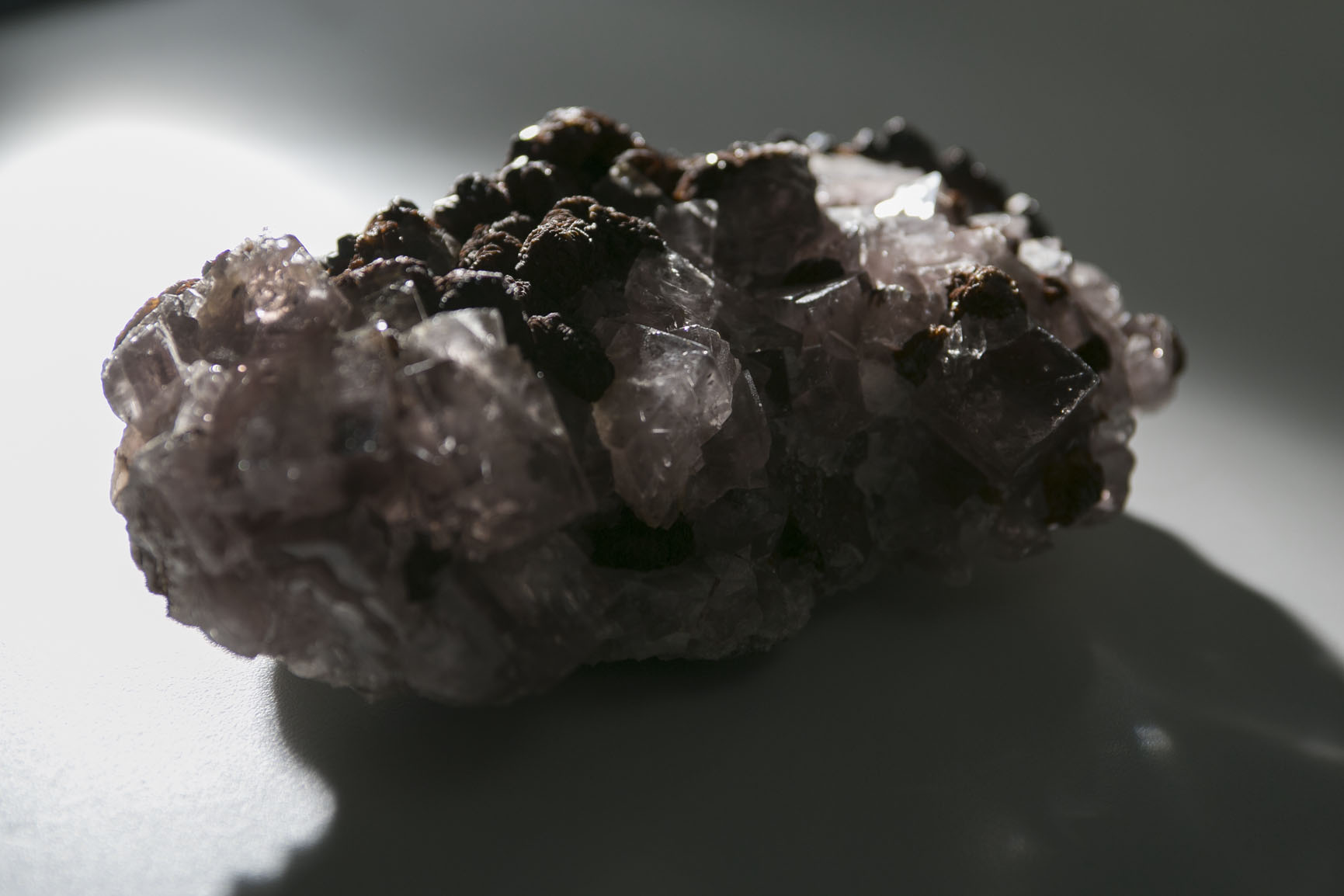
This angular sample is a composition of fluorite (purple) mixed in with siderite, possibly from the Weardale region of Northern England.
Read more -
Frogs and toads
01 Jan 2022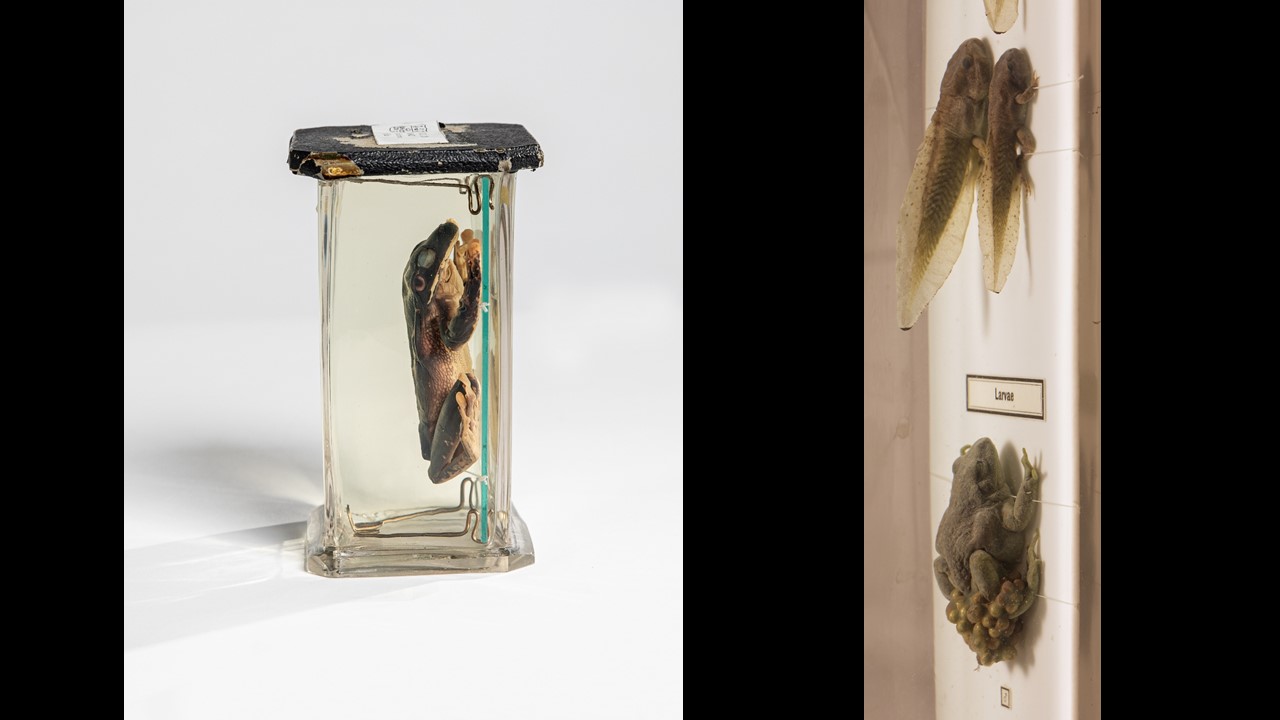
Frogs and toads are amphibious members of the Anura clade, meaning those ‘without a tail’. When trying to differentiate them one might hear that ever-confusing sentence ‘All toads are frogs...but not all frogs are toads!’
Read more -
Hedgehog
01 Jan 2022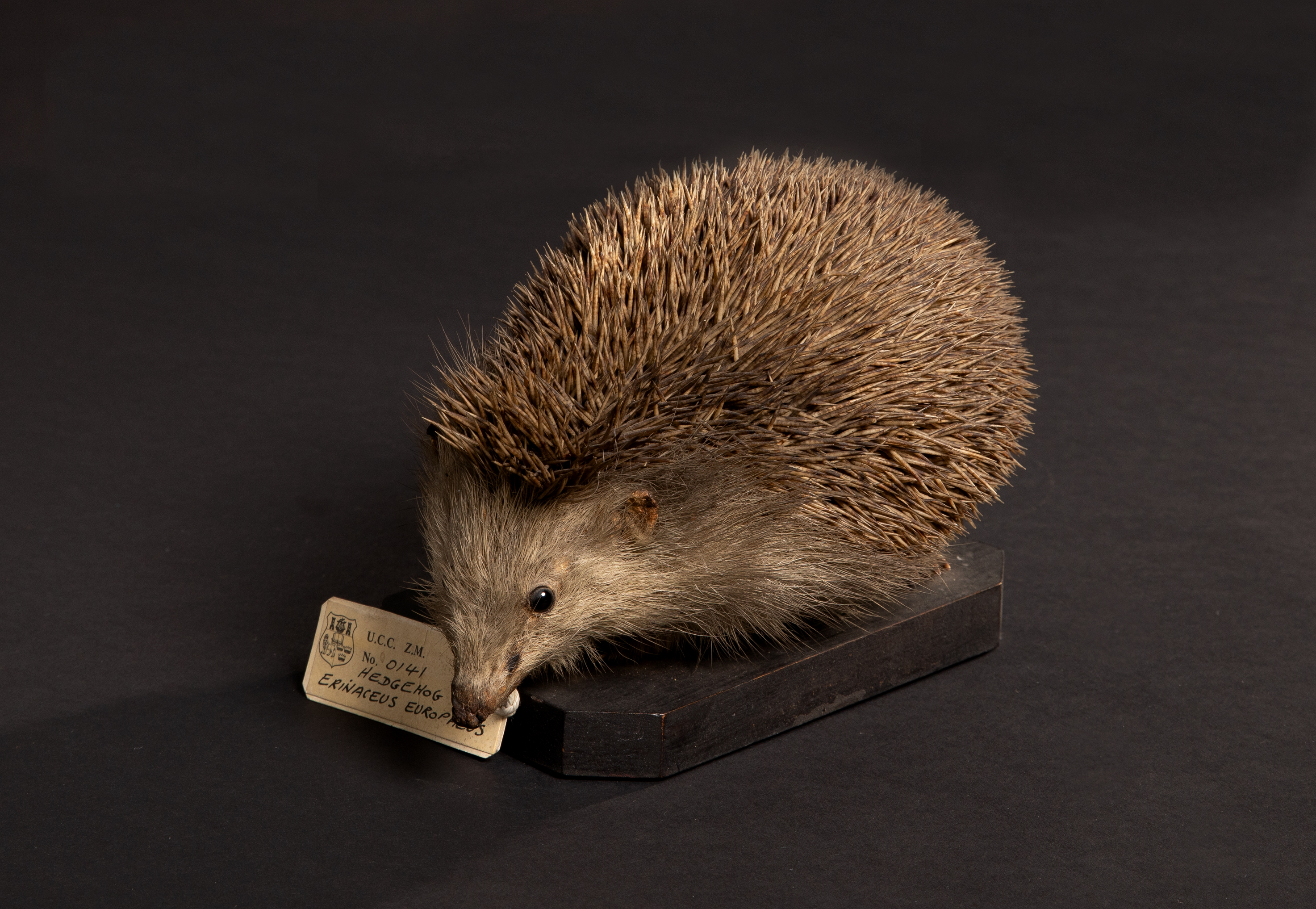
European hedgehogs Erinaceus europaeus are nocturnal foragers, trundling through the undergrowth in search of insects, slugs and earthworms.
Read more -
Elephant molar
01 Jan 2022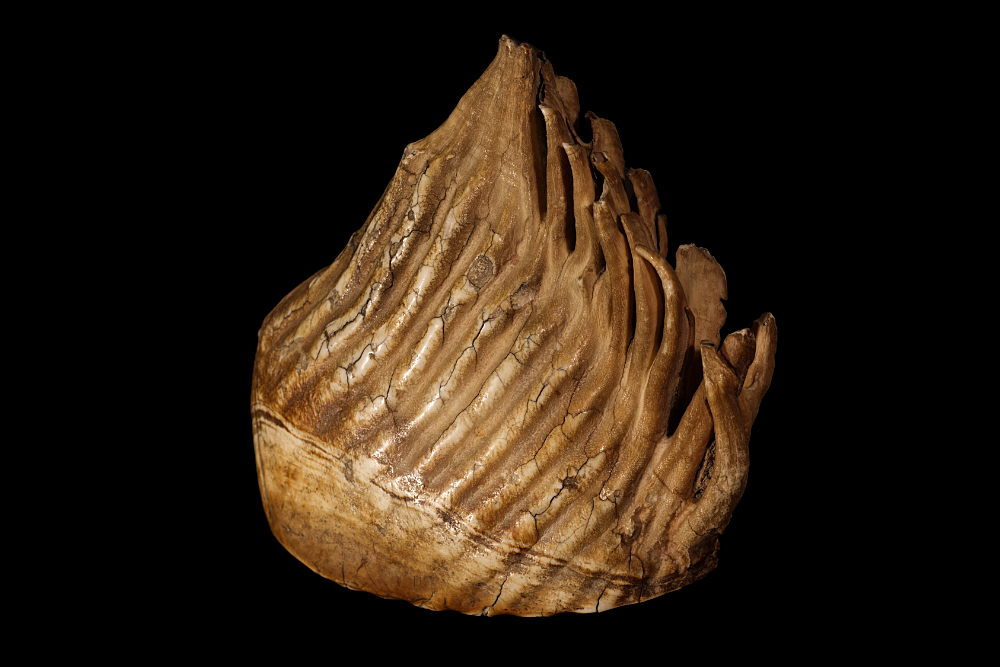
Elephant teeth are physiologically fascinating. Best known are the tusks, which are in fact modified incisors. The molars are equally important; their wide, flat surface perfect for grinding vegetation.
Read more -
What species...
01 Jan 2022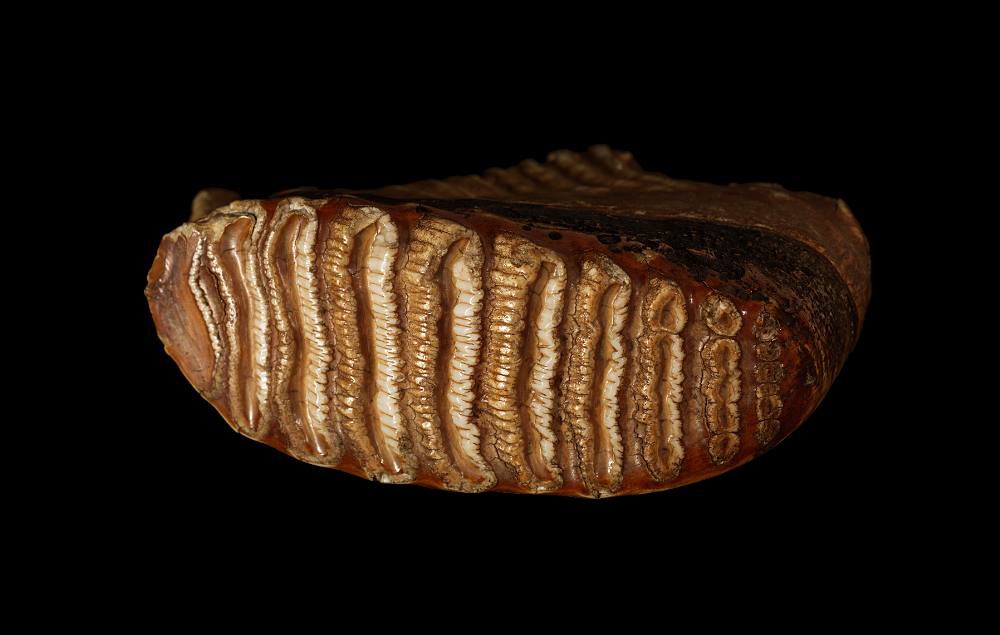
Use the clues in the text above to determine the species...
Read more -
Hermit crab
01 Jan 2022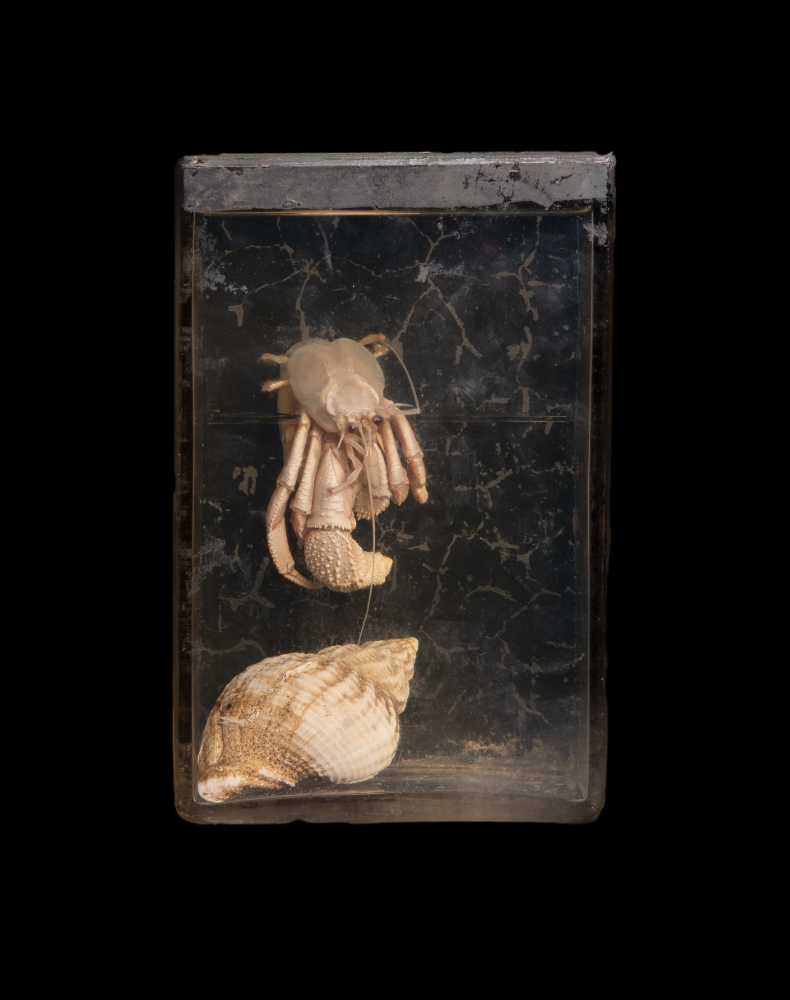
Hermit crabs are found in terrestrial and aquatic environments, and seek out empty molluscan shells to use as a home. Unlike other crabs, they have soft, spirally-curved abdomens, rendering them defenseless without these shells.
Read more -
Fallow deer
01 Jan 2022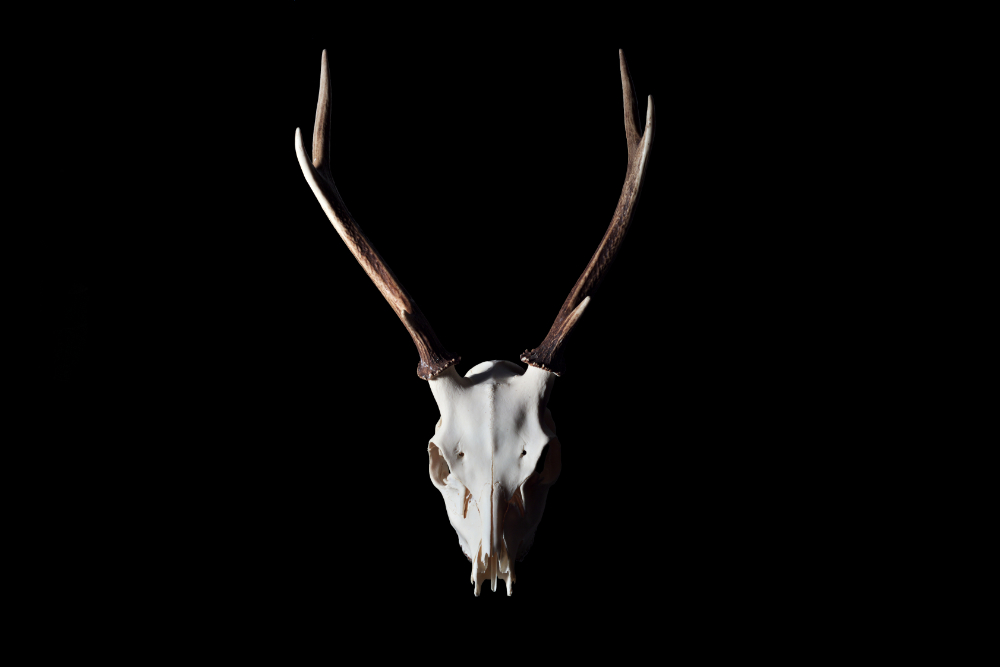
These antlers belong to fallow deer and grow during the rut, from the Latin rugire ‘to roar’, namely the mating season when aggressive males compete for mates.
Read more -
Ram horns
01 Jan 2022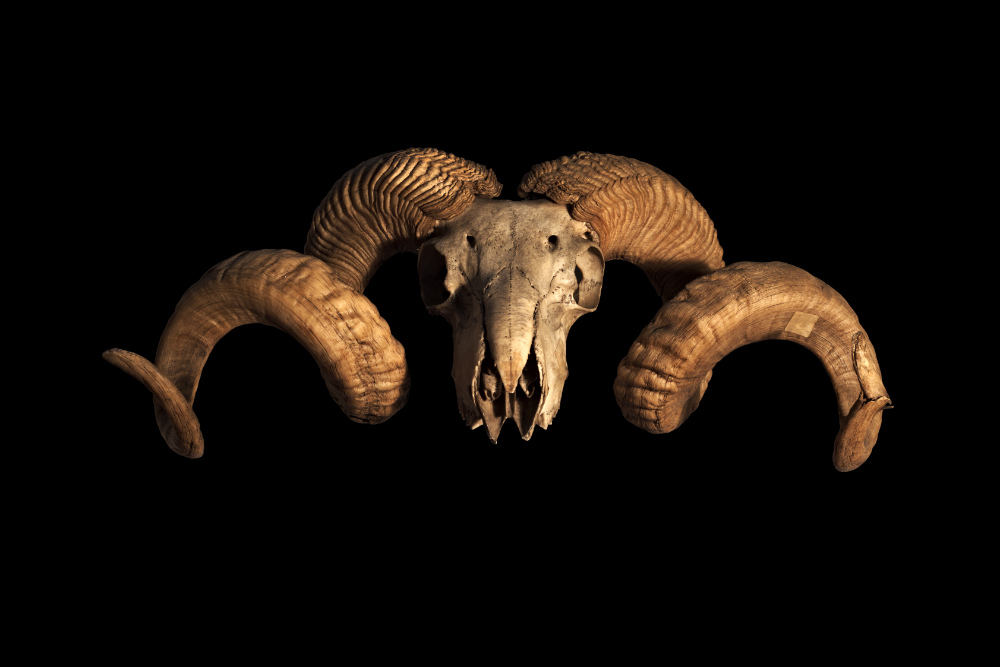
Rams in feral populations will fight to establish dominance over others using these impressive horns.
Read more -
Legless lizards
01 Jan 2022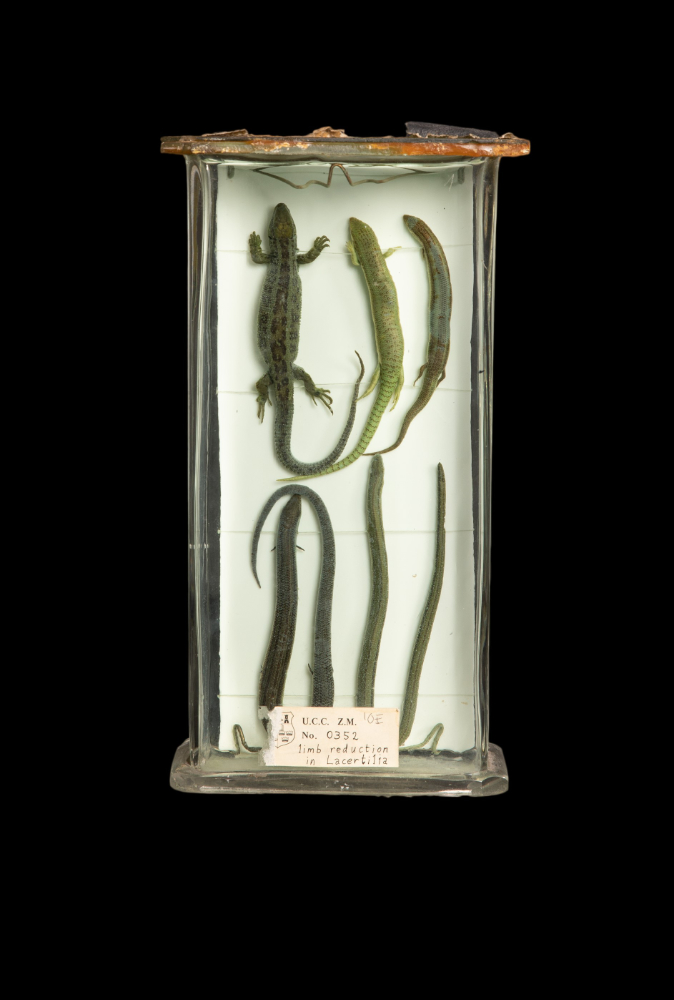
Throughout vertebrate history the snake-like forms associated with limb reduction have evolved multiple times. This process is displayed here in the Lacertilia; the lizards.
Read more -
Pangolin
01 Jan 2022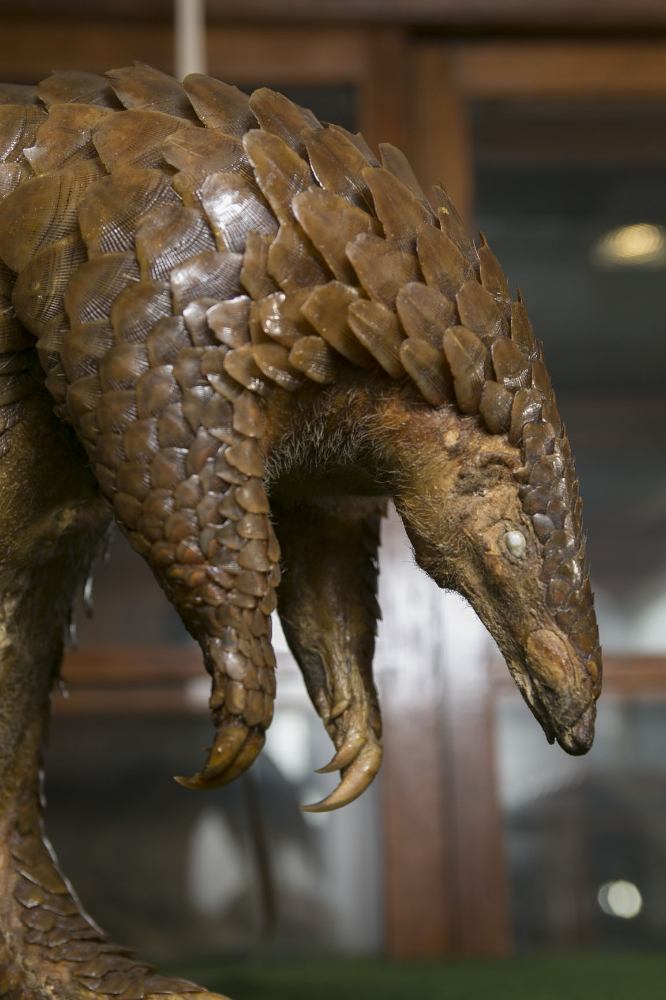
This unusual creature is a pangolin, also known as a scaly anteater. These unique animals are the world’s only scaled mammals, and curl into a tight ball when threated.
Read more
